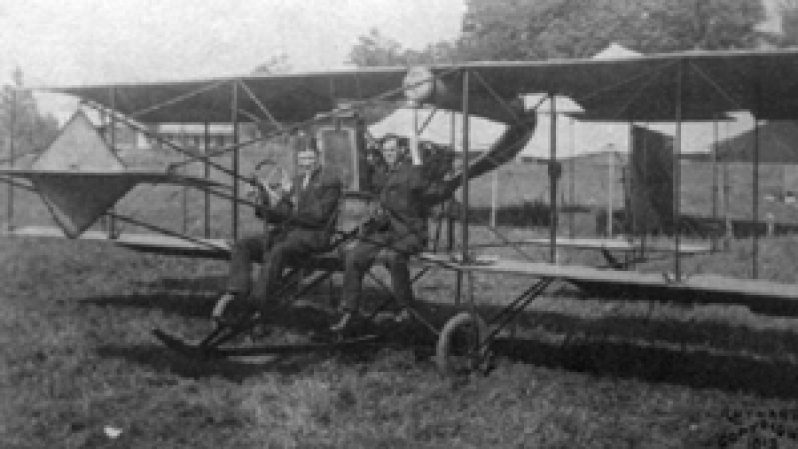STARTING with George Schmitt and his box-kite-like aircraft, the airplane has always been a fascinating machine to man. From the day when Schmidt enthralled many with that structure taking flight over Georgetown to the opening up of our vast interior through provision of air services, followed by international air services, our rich aviation history has been defined by some of these flying machines.
Art Williams’s Ireland Neptune was initially used for mapping roads, trails, rivers etc, and for accessing the rich gold and diamond mining areas in the hinterland.
 |
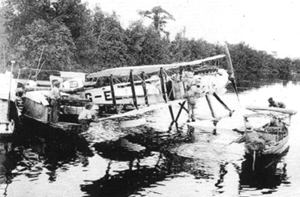 |
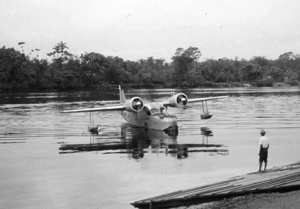 |
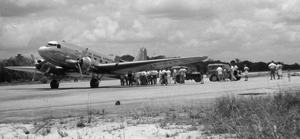 |
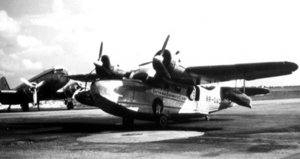 |
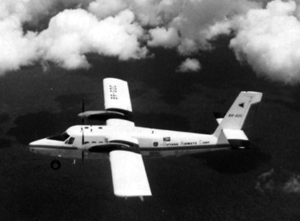 |
 |
When it was recognised that the areas to be serviced were so vast, a second Neptune was purchased. Amphibious aircraft was the preferred choice of aircraft for Guiana because of the limitless landing areas, as against landing areas of the ground.
British Guiana Airways, formed by Captain Art Williams in association with John Hunter, established its base at the Ruimveldt ramp.
With the increasing demand for air services, the company bought another amphibious aircraft, the Grumman Goose, which was used to provide services mainly to areas without airfields.
Few years thereafter, Douglas Dakota – DC3 aircraft were acquired. With this acquisition came the need for larger and longer landing strips.
This became the impetus for development of airstrips in the hinterland.
Cessna and Britten Norman Islander aircraft also became popular, especially with the private investors. The air wing of the Guyana Defence Force also had Britten Norman Islanders that were used on transport duties, and helio couriers that were used for liaison work with the army.
In addition to light aircraft owned by missionaries and private owners, including the Demerara Light Aircraft Club, because of the increased need for air services, other types of aircraft were introduced. The commercial service continued its growth by adding Caribous and Twin Otters and Hawker Siddeley HS748s to their fleet.
The Hawker Siddeley HS 748 was a medium-sized turbo-prop airliner originally designed by the British firm Avro in the late 1950s as a replacement for the now-aged DC-3s, then in widespread service as feeder liners. Avro concentrated on performance, notably for STOL operations, and found a dedicated market. 380 aircraft were built by Hawker Siddeley. A larger development, the BAe ATP, attempted to compete with the de Havilland Canada Dash 8, but saw a limited production run.



.jpg)



